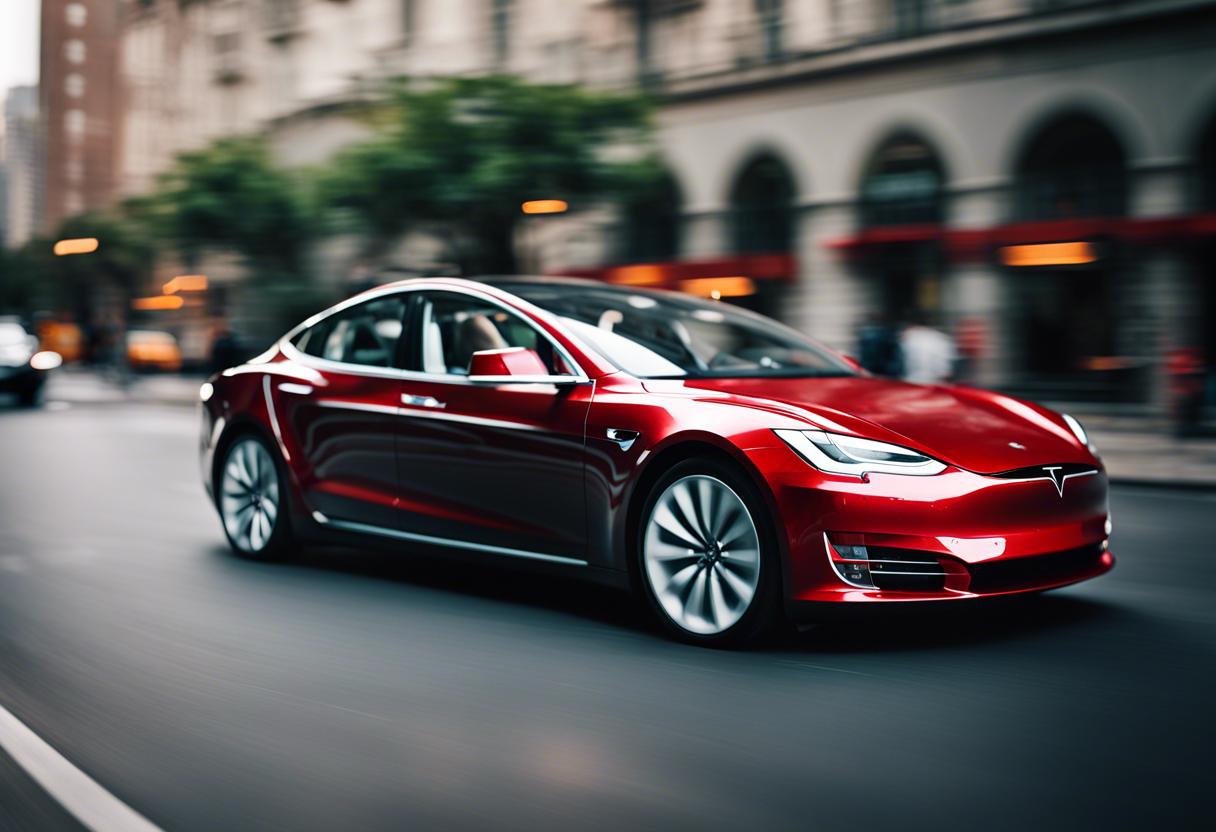Tesla revealed on Tuesday that its second-quarter margin failed to meet the forecasts made by analysts because of ongoing price reductions and perks aimed at countering declining demand, which are negatively impacting profit margins. This announcement comes as the company deepens its focus on autonomous car technology.
Tesla’s automotive gross margin, excluding regulatory credits, was recorded at 14.65% for the second quarter. It was expected to be 16.29% based on the predictions from 20 analysts surveyed by Visible Alpha. This is the company’s lowest quarterly margin in over half a decade and caused shares to drop approximately 4% in after-hours trading.
Despite these results reminding people of the challenges Tesla faces in its primary vehicle business, CEO Elon Musk maintains his focus on the progression of autonomous vehicle technology. This shift in strategy has assisted in recovering most of the stock losses from this year.
Tesla reported its second-quarter revenue at $25.5 billion (€23.5 billion), amounting to an increase from last year’s $24.93 billion. Analysts had, on average, predicted these figures to be $24.77 billion.
Tesla’s second-quarter sales of regulatory credits increased dramatically to $890 million compared to the same period last year.
Tesla affirmed in a statement that the production plans for new vehicles, including less expensive models, are scheduled to commence in the first half of 2025. Furthermore, Tesla confirmed that the cost reduction for these new models will be less than initially anticipated.
Tesla’s second-quarter net income reached $1.48 billion, a decrease from $2.7 billion the previous year. Adjusted earnings of 52 US cents per share fell short of the Wall Street forecast of 62 cents, as reported by Reuters.

